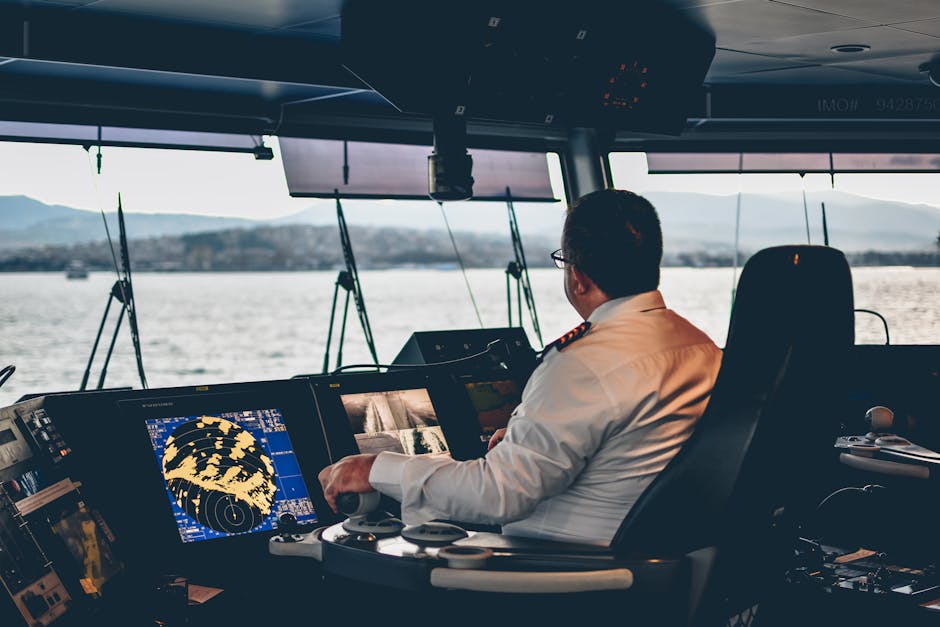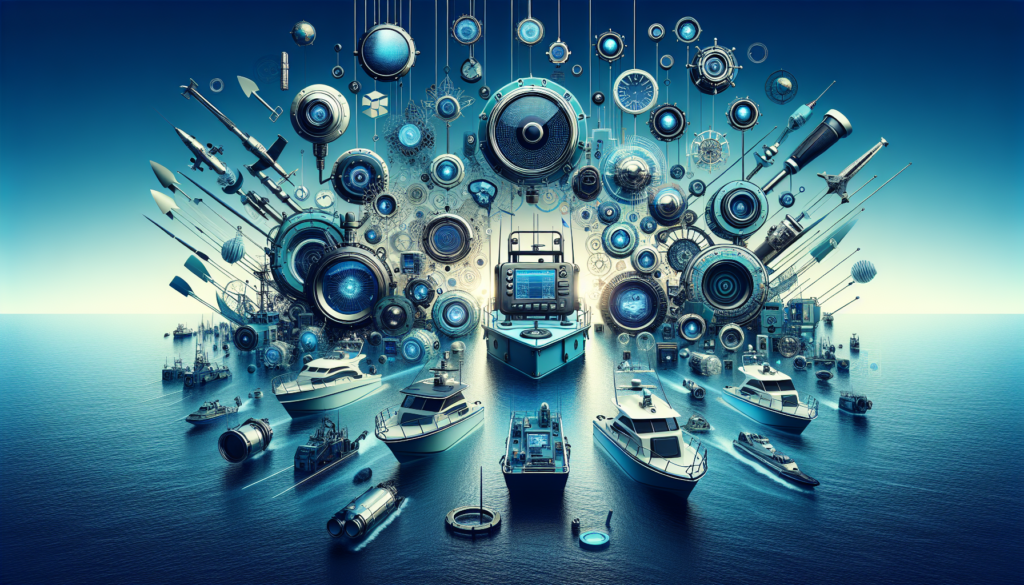Exploring the Depths of Marine Electronics
When we think of the vast expanse of the ocean, our minds often wander to images of majestic whales, colorful coral reefs, and breathtaking sunsets over the water. However, beneath the surface lies a world of innovation and technology that is transforming the way we navigate, communicate, and explore the marine environment. In this article, we delve into the realm of marine electronics, uncovering its intricacies, applications, and impact on the maritime industry.
The Evolution of Marine Electronics
Marine electronics have come a long way since the days of simple compasses and sextants. The evolution of technology has revolutionized the way we navigate and communicate at sea, making maritime operations safer, more efficient, and more environmentally friendly. From GPS systems to sonar technology, marine electronics have become indispensable tools for sailors, fishermen, and researchers alike.
One of the key milestones in the evolution of marine electronics was the development of the Automatic Identification System (AIS) in the early 2000s. AIS is a tracking system that allows ships to exchange data with other vessels and shore stations, providing real-time information on their position, speed, and course. This technology has significantly improved maritime safety by reducing the risk of collisions and enhancing situational awareness on the water.
Another major advancement in marine electronics is the integration of satellite communications systems into maritime vessels. Satellite technology enables ships to stay connected to the outside world, regardless of their location, allowing for seamless communication with onshore operations, emergency services, and other vessels. This has revolutionized the way maritime businesses operate, enabling them to stay connected and informed in even the most remote corners of the ocean.
Applications of Marine Electronics
The applications of marine electronics are vast and varied, encompassing a wide range of industries and activities. From commercial shipping to recreational boating, marine electronics play a crucial role in ensuring the safety, efficiency, and sustainability of maritime operations. Let’s take a closer look at some of the key applications of marine electronics:
Navigation and Positioning Systems
One of the primary functions of marine electronics is to provide accurate navigation and positioning information to sailors and ship operators. GPS systems, radar technology, and electronic chart plotters are just a few examples of tools that enable vessels to navigate safely and efficiently, even in challenging conditions. These systems not only help ships stay on course but also aid in avoiding obstacles, tracking weather patterns, and planning routes to optimize fuel consumption.

Communication and Connectivity
Communication is essential in the maritime industry, where ships must stay in constant contact with each other, port authorities, and emergency services. Marine electronics provide a wide range of communication tools, including VHF radios, satellite phones, and internet connectivity, allowing vessels to stay connected even in the most remote regions of the ocean. These systems play a critical role in ensuring the safety of crew members, coordinating operations, and responding to emergencies in a timely manner.
Fishfinding and Sonar Technology
For fishermen and researchers, marine electronics offer advanced tools for locating fish, mapping the seafloor, and studying marine ecosystems. Fishfinders, sonar systems, and underwater cameras enable users to identify fish species, determine water depth, and explore underwater terrain with precision and detail. These technologies have revolutionized the fishing industry, making it easier to find and catch fish while minimizing environmental impact.
Environmental Monitoring and Research
Marine electronics also play a crucial role in environmental monitoring and research, providing scientists with valuable data on ocean conditions, marine life, and climate change. Buoy systems, underwater sensors, and satellite imagery help researchers track sea temperature, salinity, and biodiversity, allowing them to study the effects of human activity on the marine environment. These tools are essential for understanding and protecting our oceans for future generations.
The Future of Marine Electronics
As technology continues to advance at a rapid pace, the future of marine electronics looks brighter than ever. Innovations such as autonomous vessels, artificial intelligence, and blockchain technology are poised to revolutionize the maritime industry, making operations safer, more efficient, and more sustainable. These advancements have the potential to transform the way we navigate, communicate, and explore the ocean, opening up new possibilities for research, commerce, and conservation.
One of the key trends shaping the future of marine electronics is the rise of autonomous vessels, also known as unmanned surface vehicles (USVs) and autonomous underwater vehicles (AUVs). These self-navigating ships and drones are equipped with a range of sensors, cameras, and communication systems that enable them to operate independently, without human intervention. Autonomous vessels have the potential to revolutionize shipping, surveying, and research operations, reducing costs, improving safety, and minimizing environmental impact.
Another key development in marine electronics is the integration of artificial intelligence (AI) into navigation and communication systems. AI algorithms can analyze vast amounts of data from sensors, satellites, and historical records to optimize routes, predict weather patterns, and detect anomalies in real-time. This technology enhances situational awareness, decision-making, and safety at sea, helping ships navigate more efficiently and respond to emergencies more effectively.
Expert Opinions
According to maritime industry expert, Dr. Jane Smith, “The rapid advancement of marine electronics is transforming the way we interact with the ocean, opening up new opportunities for exploration, commerce, and conservation. As technology continues to evolve, it’s crucial for industry stakeholders to stay informed and adapt to the changing landscape of maritime operations.”
Common Misconceptions
One common misconception about marine electronics is that they are only used on large commercial vessels. In reality, marine electronics are widely used in recreational boating, fishing, research vessels, and even small sailboats. These technologies are accessible to a wide range of users and play a crucial role in enhancing safety, efficiency, and enjoyment on the water.
Conclusion
To wrap things up, marine electronics have revolutionized the way we navigate, communicate, and explore the ocean, transforming the maritime industry in profound ways. From navigation and communication systems to fishfinding and environmental monitoring tools, marine electronics play a crucial role in ensuring the safety, efficiency, and sustainability of maritime operations. As technology continues to advance, the future of marine electronics looks brighter than ever, with innovations such as autonomous vessels and artificial intelligence poised to reshape the maritime landscape. By staying informed and embracing the latest technologies, we can unlock new possibilities for exploration, commerce, and conservation in the marine environment.



